What are the risk factors for osteoarthritis of the knee?
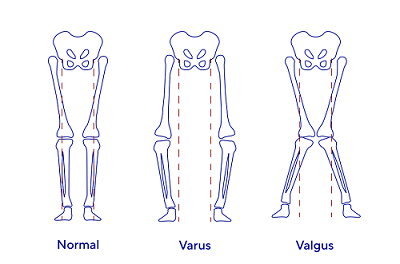
Only a doctor can diagnose osteoarthritis of the knee (or gonarthrosis), based on a physical examination and X-ray. To guide their diagnosis, doctors consider conditions and behaviours that can promote the development of the condition, also known as “risk factors”. What are these? Learn to recognise them…
Knee osteoarthritis and gender

Numerous studies have examined the relationship between gender and the probability of developing osteoarthritis of the knee. They all reach the same conclusion: women are at higher risk of developing OA of the knee than men(1).
It is possible that hormonal changes linked to the menopause may play a role in the vulnerability of women to osteoarthritis.
Knee osteoarthritis and age
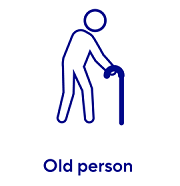
It is not just the elderly that suffer from osteoarthritis of the knee. However, age is considered to be a major risk factor for the condition by all the studies examining this question(1). The median age for a diagnosis of OA of the knee is estimated to be 55 years(2).
It is the cellular ageing process, in particular, that is thought to be involved here. It should be noted that while OA of the knee is probably aged-related, that does not necessarily mean that it develops because of ageing! Current evidence does not enable us to conclude that there is a cause and effect relationship.
Knee osteoarthritis and obesity
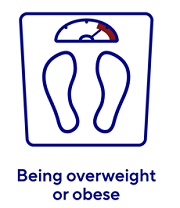
Scientific research provides strong evidence that overweight and obesity are significant risk factors for osteoarthritis of the knee(1). This excess risk is believed to be due to the mechanical strain generated by the additional load carried by the knees, but also to the inflammation and metabolic disorders caused by excess weight.
Body mass index - or BMI - is the most widely used measure to assess the risk of osteoarthritis of the knee (follow this link to calculate yours). High BMI values in the event of being overweight (>25 kg/m²) or obese (>30 kg/m²) are associated with an increased risk of developing osteoarthritis of the knee (the higher the BMI, the greater the risk).
Knee osteoarthritis and excessive strain on the knees
In the event of sustained-intensity work or sports activities, overworking of the ligaments and joints can cause micro-injuries, which may be the cause of some cases of osteoarthritis of the knee. It has thus been recognised that tasks putting frequent and repeated strain on the knees (going up and down stairs, kneeling on hard surfaces, heavy lifting, etc.) put people at greater risk of osteoarthritis of the knee(1).
Knee osteoarthritis and sports (cycling, running...)
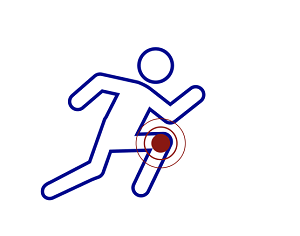
The same is true for intensive sports activities, such as running, ball sports, athletics and skiing, which can all lead to a higher risk of osteoarthritis of the knee, especially in the long term. It is nonetheless important to note that regular and moderate physical activity is generally associated with a reduced risk of osteoarthritis of the knee.
Finally, a history of injuries (such as cartilage damage, cruciate ligament rupture, sprains, fractures, dislocations, etc.) may increase the risks of osteoarthritis of the knee(1).
Knee osteoarthritis and abnormal alignment of the legs
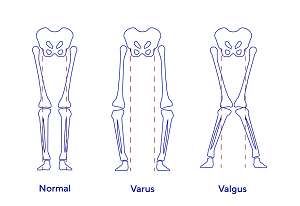
Having an abnormal alignment of the legs, such as genu valgum (knock-kneed) or genu varum (bow-legged) may also increase your risk of osteoarthritis of the knee(2).
Knee osteoarthritis and genetics
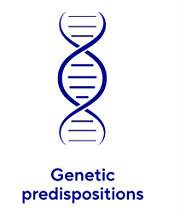
It is likely that certain genetic factors affect the risk of osteoarthritis of the knee(1). In fact, certain so-called “predisposing” genes are thought to lead to an increased risk of developing this disease. But the research remains cautious and is not yet ready to draw definitive conclusions.
If you have any questions, ask your doctor for advice.
1. Literature Review of Risk Factors, Evaluation Instruments, and Care and Service Interventions for Knee Osteoarthritis
2. Losina, Elena et al. “Lifetime risk and age at diagnosis of symptomatic knee osteoarthritis in the US.” Arthritis care & research vol. 65,5 (2013): 703-11. doi:10.1002/acr.21898
3. Brouwer GM. & al. - Association between valgus and varus alignment and the development and progression of radiographic osteoarthritis of the knee. Arthritis Rheum. 2007 Apr;56(4):1204-11. doi: 10.1002/art.22515. PMID: 17393449.